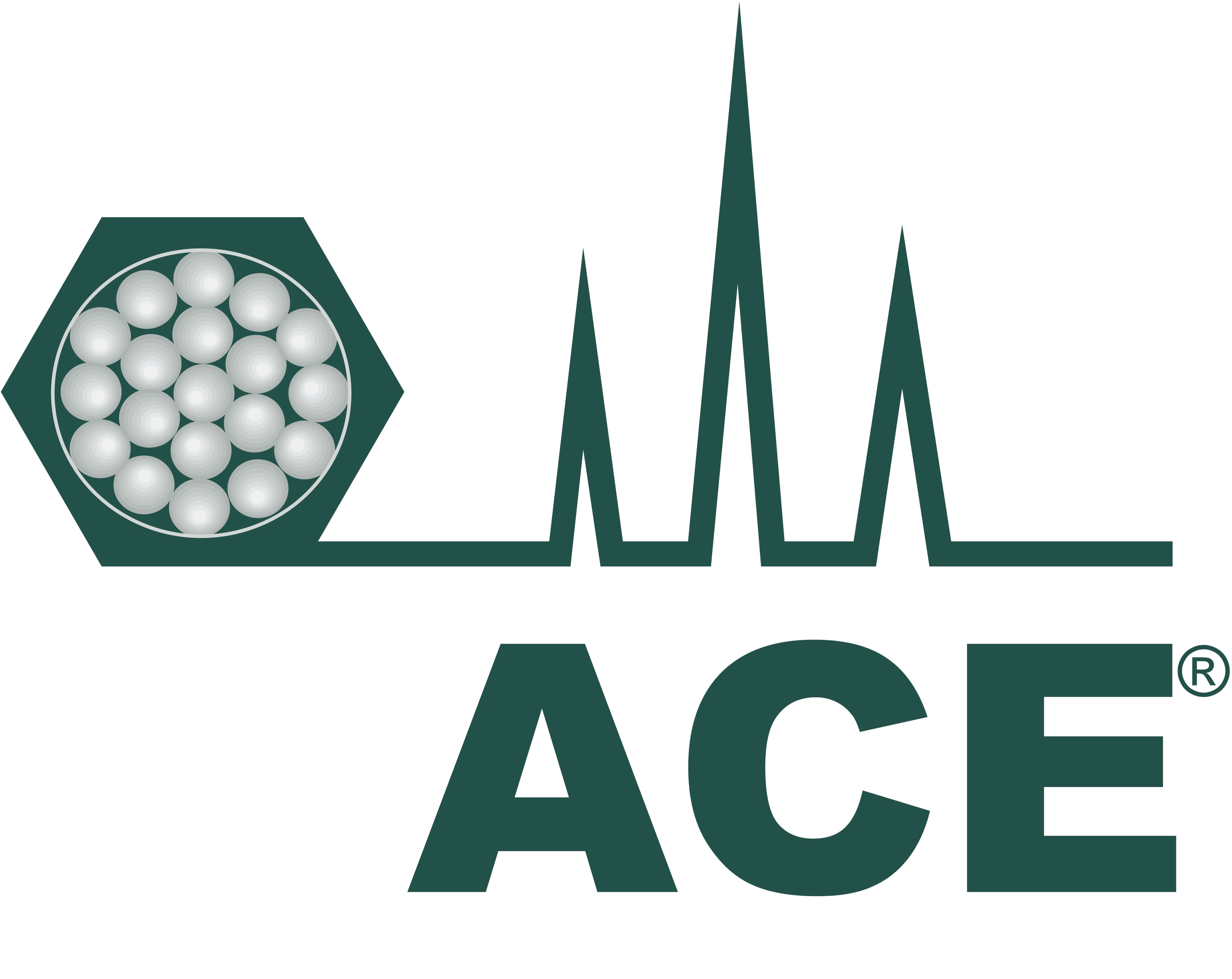Method development is a process to select the chromatographic conditions best suited to obtain adequate separation of an analyte mixture. One of the key parameters in the method developers toolkit is stationary phase selectivity. Stationary phase chemistry can influence the mechanisms of interactions with analytes, thereby offering potential selectivity differences. This ACE Knowledge Note will briefly look at what selectivity means and the different reversed-phase interactions.
Retention (Rt) is described as the time taken for an analyte to elute from the column. Retention factor (k) is a value that describes the analyte elution from the column taking into account the column void volume (t0). Selectivity (α) is the ratio of retention factors of two adjacent analytes and is described by Equation 1.
 Equation 1.
Equation 1.A selectivity value of 1 indicates coelution of the two analytes. The combination of the column and elution conditions prohibits the separation of those peaks, regardless of the column efficiency. This therefore indicates further work must be performed to improve separation. Many method and instrument parameters can affect the separation as described in Figure 1[1]. Column stationary phase (and the various mechanisms of interaction) is a useful, controllable parameter to explore when developing methods.





